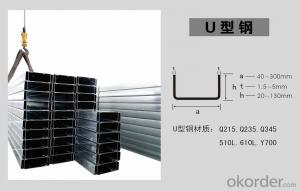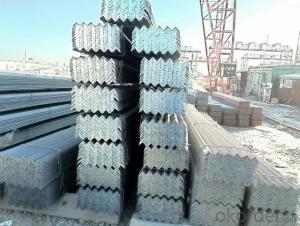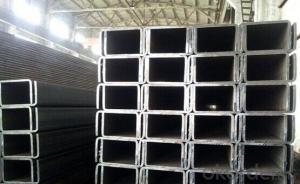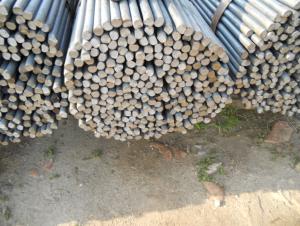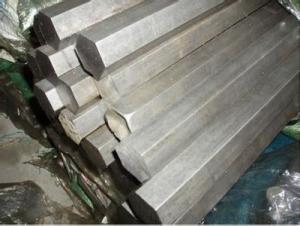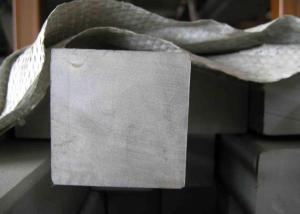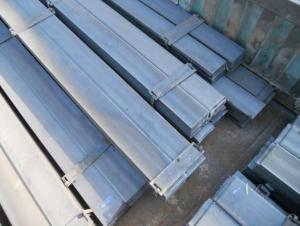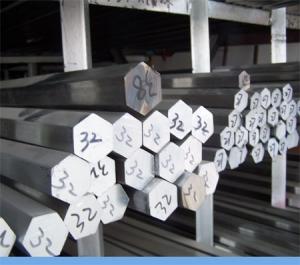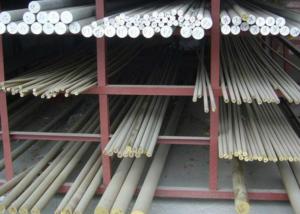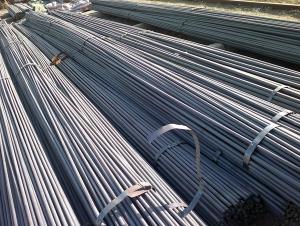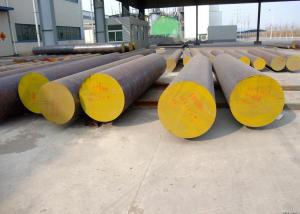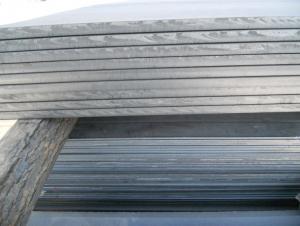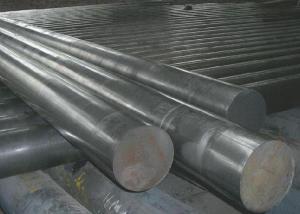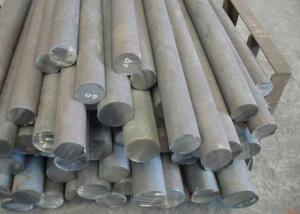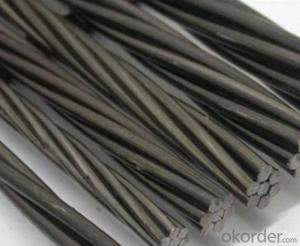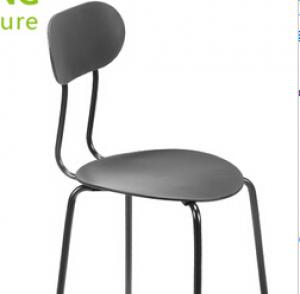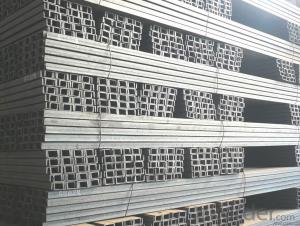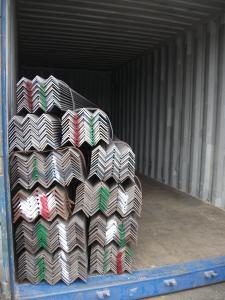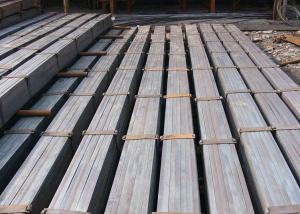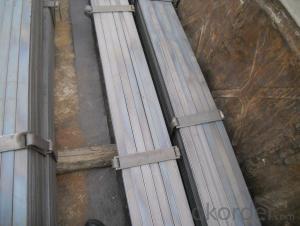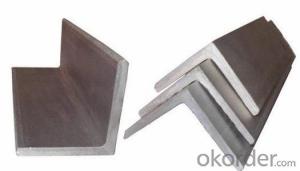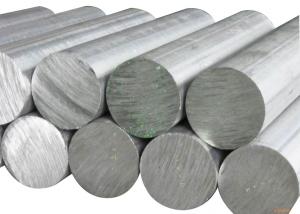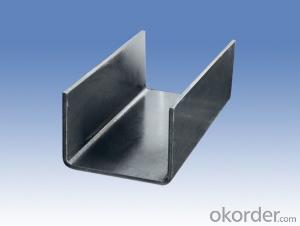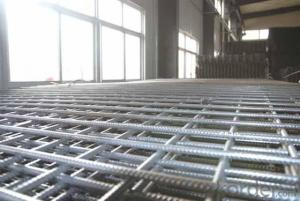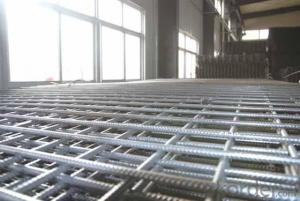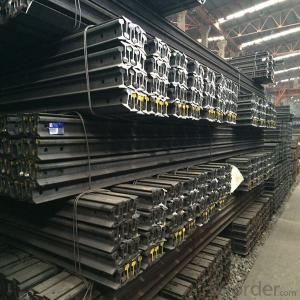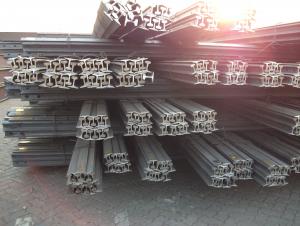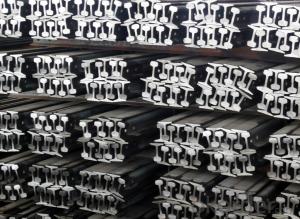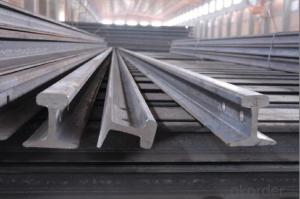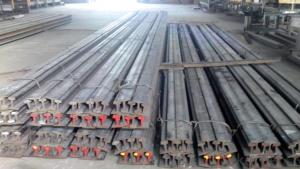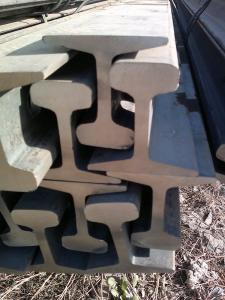Steel U Bar
Steel U Bar Related Searches
1 Inch Steel Bar T12 Steel Bar Steel Deformed Bar Stainless Steel Bars Rate Of Steel Bar Stainless Steel Bar Stool Stainless Steel U Channel Stainless Steel Bar Top Bar Stool Stainless Steel Stainless Steel Towel Bar Stainless Steel Square Bar Stainless Steel Barstool Stainless Steel Soap Bar Aluminum Stock Bar Blue Steel Rebar Stainless Steel Barbell Continuous Cast Iron Bar Stainless Steel Grab Bar Steel Partition Wall Stock Aluminum Bar Stainless Steel Barstools Billet Steel Rebar Steel Villa Forged Aluminum Bar Steel Outdoor Bench Stone Steel Steel Lamp Post Stainless Steel Wire Uk 4Mm Mild Steel Round Bar Chair Stainless SteelSteel U Bar Supplier & Manufacturer from China
Steel U Bar, a versatile and robust construction material, is widely recognized for its strength and durability in various industries. These U-shaped steel profiles are designed to withstand heavy loads and are commonly used in the construction of buildings, bridges, and other infrastructure projects. Their unique shape allows for efficient weight distribution and support, making them an ideal choice for a multitude of applications.The usage scenarios for Steel U Bar are extensive, ranging from residential and commercial construction to industrial and agricultural settings. They are often employed in the creation of support structures, such as beams and columns, and can also be found in the reinforcement of concrete and masonry. Additionally, Steel U Bar is utilized in the manufacturing of machinery and equipment, where its strength and resistance to deformation are highly valued.
Okorder.com, a reputable wholesale supplier, boasts a large inventory of Steel U Bar products, catering to the diverse needs of customers across different sectors. With a commitment to quality and customer satisfaction, Okorder.com ensures that each Steel U Bar is manufactured to meet the highest industry standards, providing a reliable and cost-effective solution for a broad range of applications.
Hot Products



